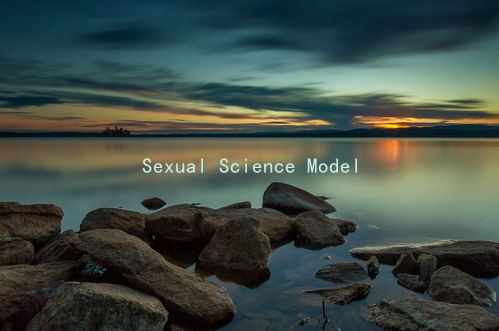Sexual Science Model: Techniques for Deeper Understanding in Marriage
In todays world, the landscape of marriage and romantic relationships is constantly evolving. As couples strive to understand one another better, the field of sexual science offers valuable insights that can transform their connections. This article explores essential techniques derived from sexual science to foster deeper understanding in marriage, enhancing emotional intimacy and overall relationship satisfaction.
One foundational aspect of a thriving marriage is communication. Effective communication goes beyond surface-level conversations; it involves sharing thoughts, feelings, and desires openly and honestly. Couples can start by using I statements to express their emotions without blaming or criticizing their partner. For example, instead of saying You never listen to me, one could articulate, I feel unheard when my thoughts are interrupted. This technique encourages a more empathetic dialogue and opens the door for understanding.
Another key technique is active listening, which involves fully engaging with what your partner is saying. This means putting aside distractions, maintaining eye contact, and responding thoughtfully. By practicing active listening, partners not only validate each other’s feelings but also gain insight into each others perspectives. This deepens the emotional bond and helps to create a safe space for vulnerability.
Sexual compatibility is another crucial element in many marriages. Understanding one anothers sexual desires, preferences, and boundaries can lead to a more satisfying intimate life. Couples can utilize techniques such as the ‘Pleasure Mapping’ approach, where each partner takes turns exploring and discovering what feels good for them, both physically and emotionally. This not only enhances sexual satisfaction but also reinforces trust and intimacy within the relationship.

Additionally, exploring love languages can facilitate a more profound connection. By understanding how each partner gives and receives love—whether through words of affirmation, acts of service, receiving gifts, quality time, or physical touch—couples can tailor their interactions to meet each others emotional needs. This awareness can lead to a more profound appreciation for each others efforts, fostering an environment where love flourishes.
Furthermore, practicing emotional support during challenging times is vital. The concept of ‘emotional attunement’ suggests that partners should strive to be in sync with one anothers feelings. By recognizing and responding to each others emotional states, couples can navigate conflicts more effectively and reinforce their commitment to one another. Techniques such as validating each others feelings and expressing understanding can significantly impact relationship satisfaction.
Lastly, couples should embrace the idea of continuous learning about one another. Just as the dynamics of relationships change over time, so do individual preferences and needs. Engaging in regular check-ins—whether through scheduled date nights or casual discussions—can help partners stay connected and adapt to each others evolving selves. This commitment to growth ensures that the relationship not only survives but thrives.
In conclusion, the Sexual Science Model provides couples with practical techniques to deepen their understanding in marriage. By focusing on effective communication, active listening, exploring sexual compatibility, recognizing love languages, providing emotional support, and committing to ongoing learning, partners can create a strong, resilient bond. A deeper understanding fosters not only intimacy but also a shared journey of growth and discovery, strengthening the marriage into a fulfilling partnership.





